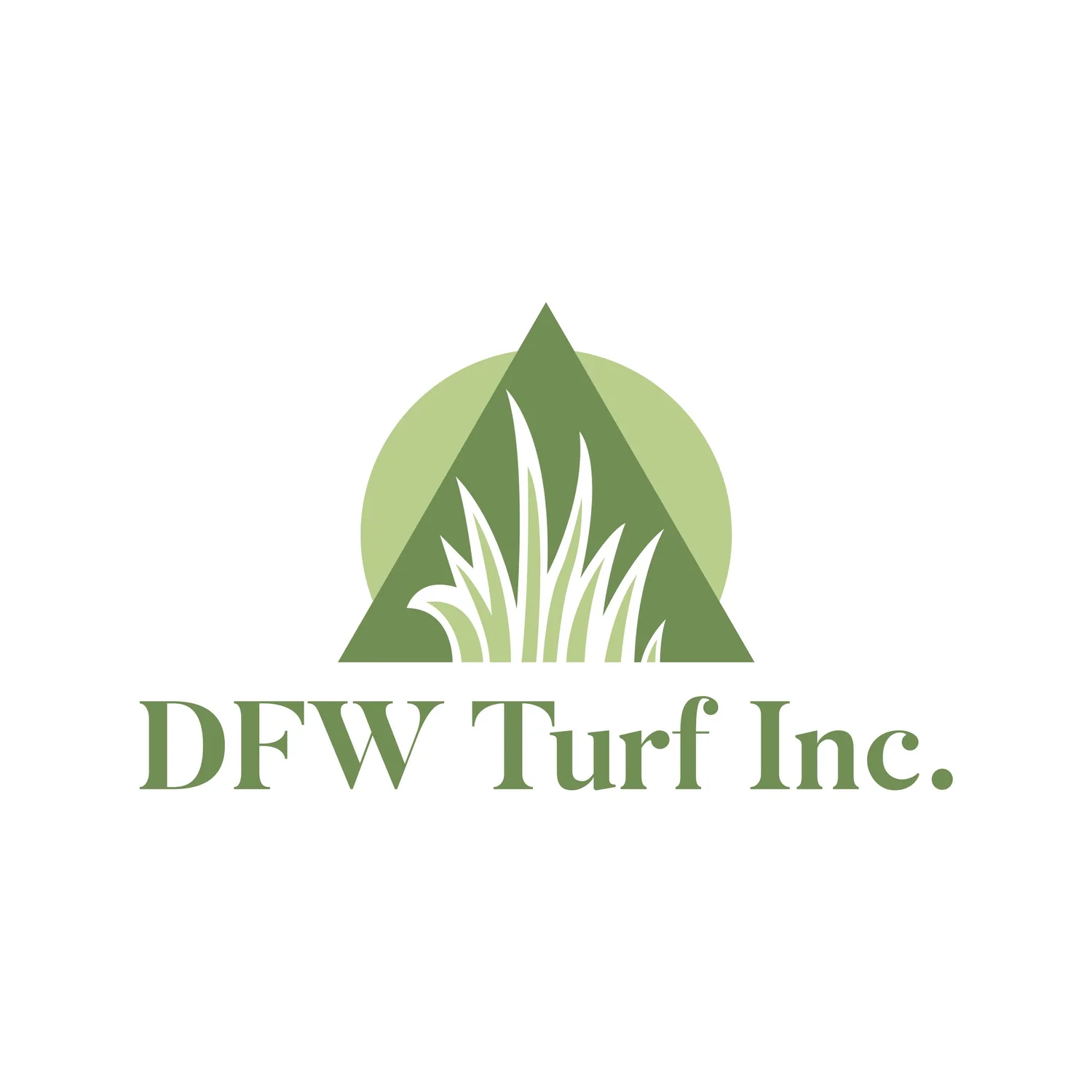Things to Consider before Installing Artificial Turf
Cost: Artificial turf installation can range from $5 to $20 per square foot, depending on factors like the quality of the turf, the complexity of site preparation, and labor charges. While the initial investment might seem high, it’s worth considering the long-term savings, such as reduced water bills (up to 70% less than natural grass) and minimal maintenance costs like mowing or fertilizing. For a typical 500-square-foot lawn, this could translate to $2,500–$10,000 upfront, but the return on investment could be significant over time, especially in drought-prone areas.
Site Preparation: Proper site preparation is crucial for a successful artificial turf installation. This process involves excavating 3–5 inches of existing soil to remove organic material, ensuring the ground is leveled to prevent uneven surfaces, and establishing a solid base. Addressing slopes or uneven terrain beforehand is essential to avoid future issues like tripping hazards or poor turf adhesion. Skipping this step can lead to costly repairs, so hiring a professional to assess and prepare the site is often a wise choice.
Drainage: Effective drainage is a key consideration to maintain the longevity and safety of artificial turf. The site should be designed with adequate drainage systems, such as a layer of 3/8” minus road base or decomposed granite, to ensure water flows away and prevents pooling. This is especially critical in rainy climates where poor drainage can lead to mold growth or turf degradation. A well-drained base also supports a stable surface, reducing the risk of shifting or damage over time.
Climate: Local weather conditions play a significant role in choosing the right artificial turf. In hot climates, the turf can reach temperatures as high as 150°F under direct sunlight, potentially requiring infill materials or cooling agents to make it comfortable for use. In colder regions, selecting UV-resistant turf helps prevent fading or cracking due to harsh winters. Understanding your climate ensures the turf remains functional and aesthetically pleasing year-round.
Permits and HOA Rules: Before installing artificial turf, it’s important to check local regulations and homeowners' association (HOA) guidelines. Some municipalities require permits to ensure compliance with zoning or environmental laws, while HOAs might impose restrictions based on aesthetics or water conservation policies. Failing to obtain approval can result in fines or mandates to remove the turf, so contacting your local government or HOA early in the planning process is a proactive step.

